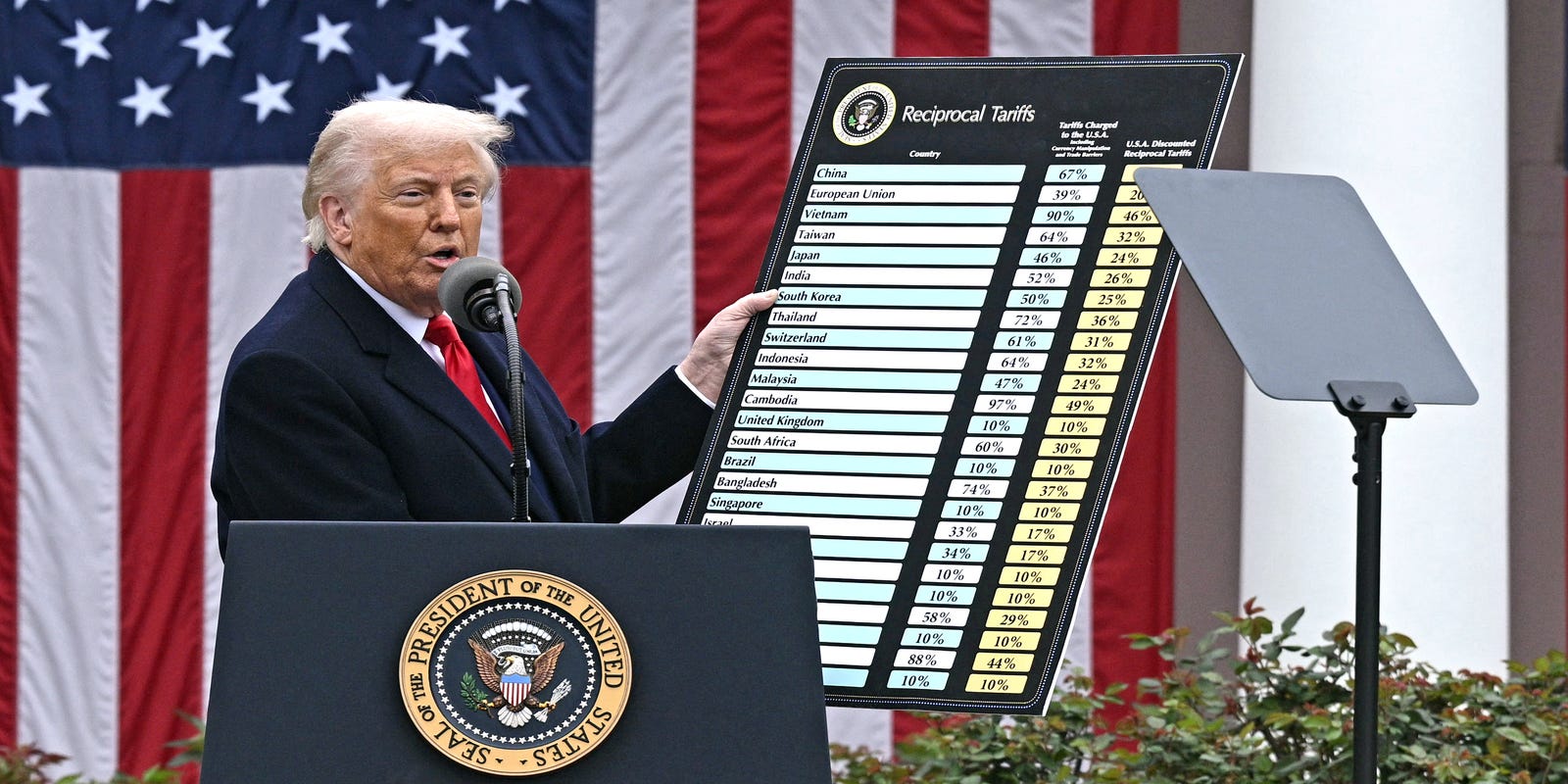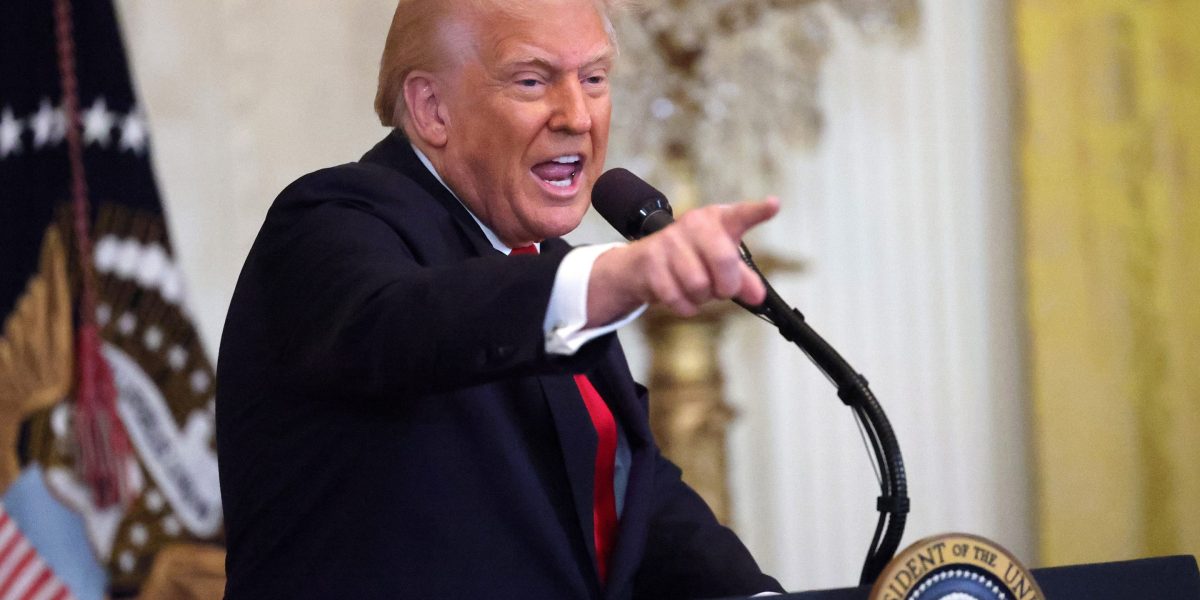Hidden Trade Rule Sparks Industrial Exodus: Factories Falling Like Dominoes
Manufacturing
2025-03-24 11:00:00Content
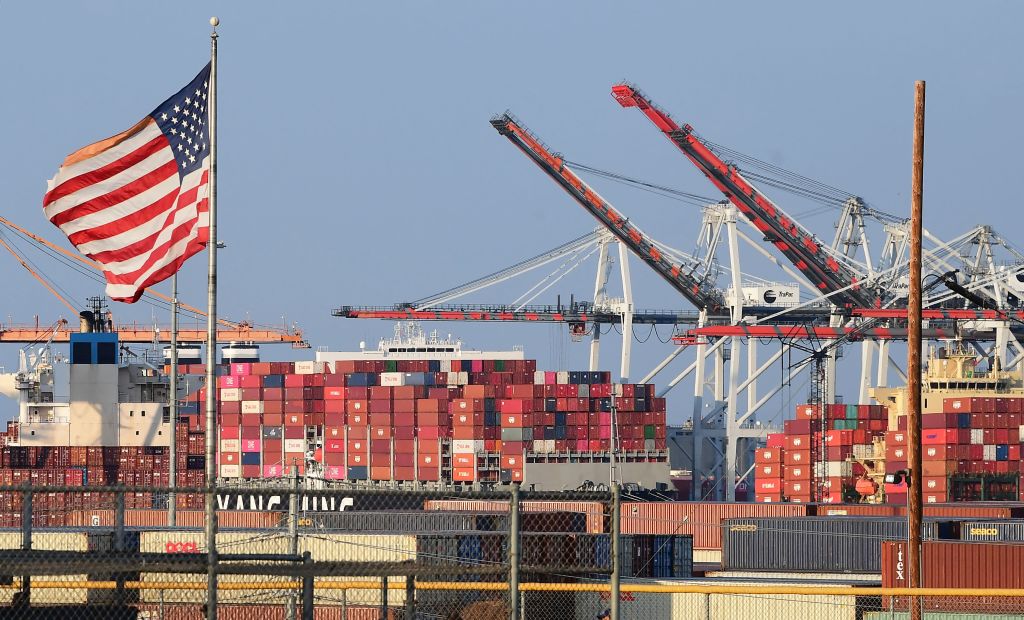
Textile manufacturers are sounding the alarm over a trade loophole that's allowing Chinese producers to inundate the American market with low-cost goods. The de minimis provision, a seemingly innocuous trade regulation, has become a major point of contention for domestic textile producers who argue that it's giving Chinese factories an unfair competitive advantage.
Under this provision, imported goods valued under $800 can enter the United States without paying duties or undergoing rigorous customs inspections. Textile industry leaders claim this creates a backdoor for Chinese manufacturers to flood the market with cheap products, effectively undermining American textile businesses and their workers.
The concern goes beyond mere economic competition. Industry experts warn that this trade mechanism not only threatens domestic jobs but also potentially compromises quality control and safety standards. By circumventing traditional import regulations, these low-cost goods can enter the country with minimal scrutiny, raising significant concerns about fair trade practices and the long-term sustainability of the American textile sector.
Trade Tensions Escalate: How Chinese Textile Imports Are Reshaping Global Manufacturing Dynamics
In the complex landscape of international trade, a critical battle is unfolding that threatens to fundamentally transform global manufacturing ecosystems. The intricate web of economic policies, particularly the controversial de minimis provision, has become a flashpoint for intense debate between textile manufacturers, trade regulators, and international economic strategists.Unraveling the Economic Threads of Global Trade Manipulation
The De Minimis Loophole: A Gateway for Competitive Disruption
The de minimis provision represents a sophisticated mechanism that has inadvertently created unprecedented opportunities for Chinese textile manufacturers to flood international markets with competitively priced goods. This regulatory nuance allows small shipments to enter countries with minimal customs scrutiny, effectively circumventing traditional trade barriers and tariff structures. Sophisticated supply chain strategies employed by Chinese manufacturers have transformed this provision into a strategic weapon. By meticulously fragmenting shipments and leveraging intricate logistics networks, these producers can systematically undermine domestic textile industries, creating a cascading economic impact that extends far beyond simple market competition.Economic Implications and Market Transformation
The ramifications of this trade strategy extend well beyond immediate manufacturing concerns. Domestic textile producers find themselves confronting an existential challenge, where traditional competitive models are being fundamentally reimagined through technological innovation and regulatory arbitrage. Economists and trade experts argue that this approach represents more than a mere market strategy—it's a sophisticated form of economic engineering. The ability to introduce high-quality, low-cost textiles with minimal regulatory friction creates a complex ecosystem where traditional protectionist measures become increasingly ineffective.Technological Innovation and Supply Chain Resilience
Emerging technologies are simultaneously presenting both challenges and opportunities within this dynamic landscape. Advanced manufacturing techniques, coupled with sophisticated logistics platforms, enable Chinese producers to create unprecedented efficiencies that traditional textile manufacturers struggle to match. Machine learning algorithms and predictive analytics now play crucial roles in optimizing production processes, allowing for rapid adaptation to market demands. This technological sophistication transforms what was once a simple manufacturing challenge into a complex strategic engagement with global economic systems.Geopolitical Dimensions of Textile Trade Warfare
The textile trade conflict transcends mere economic competition, representing a nuanced geopolitical chess match. International trade negotiations now incorporate increasingly complex considerations, where manufacturing capabilities intersect with broader diplomatic strategies. Governments worldwide are reevaluating their approach to industrial policy, recognizing that traditional protectionist measures are becoming obsolete in an era of hyper-connected global markets. The textile industry has become a microcosm of larger economic transformation, where agility and technological innovation determine competitive success.Regulatory Responses and Future Outlook
Policymakers are developing increasingly sophisticated responses to address these emerging trade dynamics. Proposed regulatory frameworks aim to create more transparent, equitable mechanisms for managing international textile commerce while preserving domestic manufacturing capabilities. Collaborative international approaches are emerging, suggesting that future trade relationships will require more nuanced, technology-driven solutions that balance economic efficiency with strategic national interests. The textile industry stands at the forefront of this complex global economic recalibration.RELATED NEWS
Manufacturing
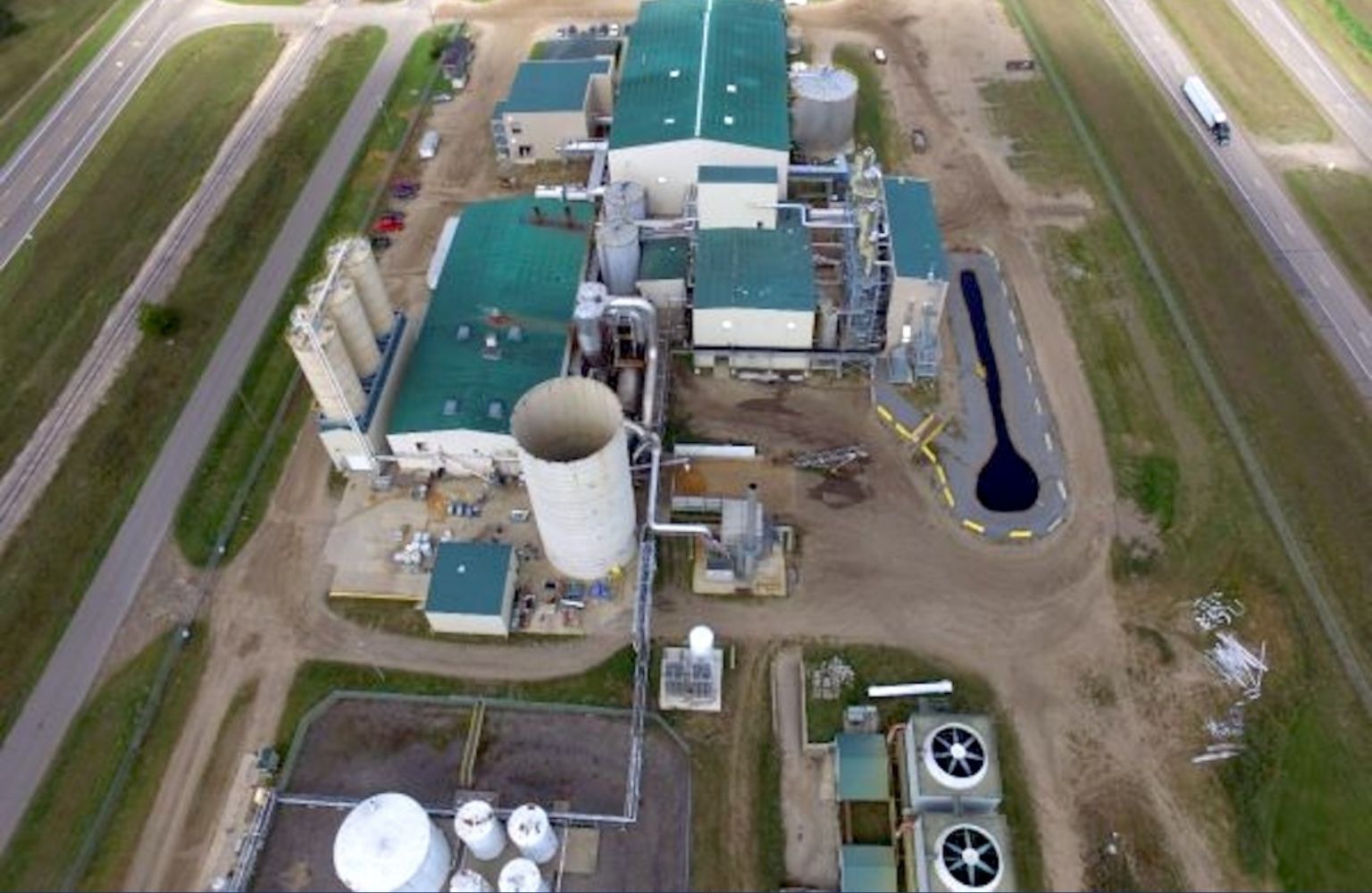
Green Manufacturing Leap: Princeton Junction Firm Expands Sustainable Footprint with Strategic New Facility
2025-02-26 22:57:38
Manufacturing
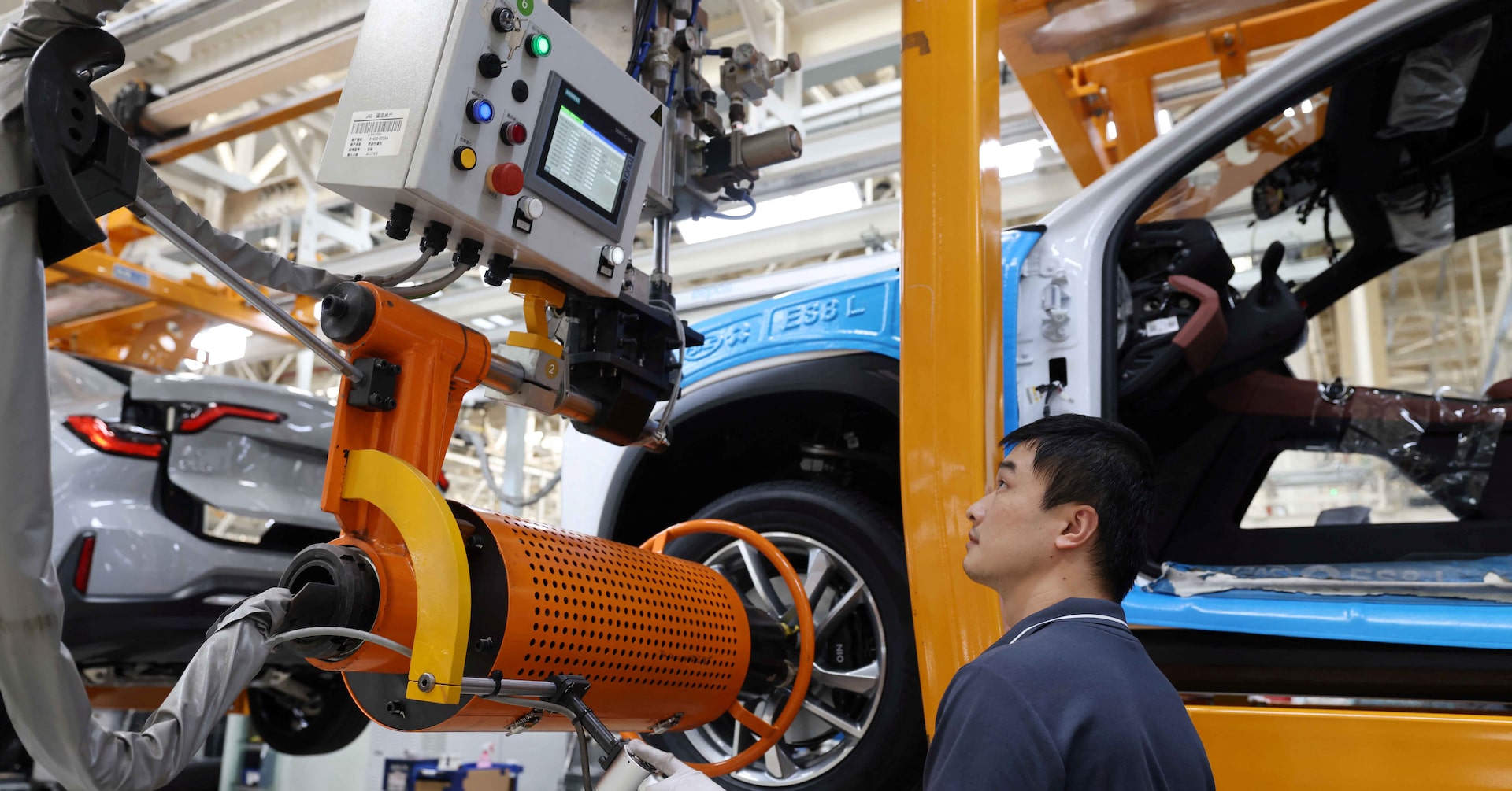
Manufacturing Momentum: China's Industrial Sector Surges to Quarterly Peak
2025-03-01 01:51:40
Manufacturing

Forging the Future: How Tech Innovations Are Reshaping Global Manufacturing
2025-03-20 08:30:31


